
Investing in a new vacuum cleaner for your home is a big decision. Not only are there so many brands to choose from, but each is designed differently, offering varying features and functionality when you clean.
Upright vacuums and canister vacuums are known for their cleaning power on all floor and debris types as well as on pet hair. But there's still a great deal of variation between them, including how they clean, how you use them, and how much space they take up in storage.
So, is one of the best upright vacuums or best canister vacuums right for your home? We test countless vacuum cleaners here at H&G to provide more detailed insight into how they work, and we caught up with vacuuming experts for the full low-down on who's best suited to which vac.
Upright vs canister vacuums
Upright and canister vacuums are designed very differently. Uprights are self-contained appliances while canisters have a separate component for the wand and hose, allowing more flexibility while cleaning.
The first upright vacuum cleaner was invented in 1908 while the canister vacuums came about in the 1910s and '20s. Since then, they've both been overtaken in popularity by the best cordless vacuums. While they may be bigger and less convenient, they continue to provide powerful and comprehensive cleaning power for the home.
Pros and cons of upright vacuums
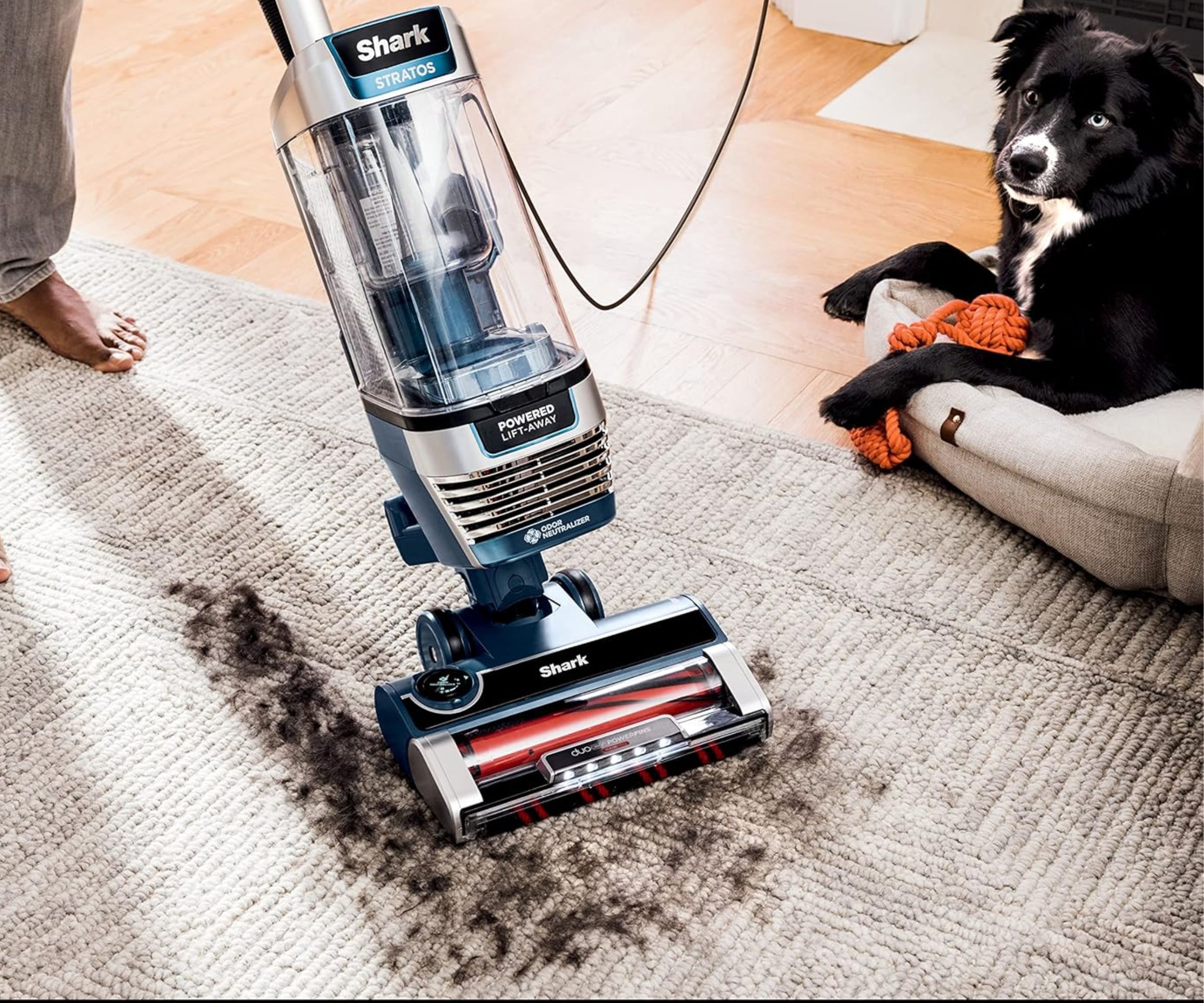
Upright vacuums may not typically be as powerful as canister vacuums, but the benefits lay in how self-contained appliances. Rather than lugging around a canister and a separate hose and wand, an upright vacuum cleaner keeps everything together, including the various tools and attachments.
'Upright vacuums are praised for their consolidated design,' says Taylor Riley, founder of Boom Facility Service Advisors. 'With all components integrated into one unit, uprights are easier to maneuver when covering ground quickly without having to drag a separate motor behind you.'
Their ease of use is helped by the fact that they typically have wider floor heads. 'Upright vacuums are best if you have a lot of carpets because this vacuum style usually has a wider head, so fewer passes can cover a larger area,' says David Buckler, president and general manager at MaidPro Calgary.
As they're more popular than canister vacuums, upright vacs tend to have more advanced floor heads and cleaning tools to help to equalize the higher suction power of canister vacs.
As Taylor puts it, 'Canister vacuums often have more powerful motors due to their design, but uprights compensate with more advanced cleaning heads that are just as effective at lifting dirt from carpets.'
But as well as being more powerful, canister vacuums are much more versatile. Upright vacs are bulkier and more rigid, so will struggle to get under furniture and around tight spots as easily.
'They are not good for detailed work, like getting into corners and crevices, and generally won’t fit under beds or couches,' David explains. 'This style is only good for flat floors and prevents you from vacuuming furniture unless it has a removable hose.' Luckily, many newer upright models have plenty of vacuum cleaner attachments.
And while their rigid designs might make them less versatile, it does help when it comes to storing your vacuum cleaner. David explains how they 'store nicely if you have limited space,' making them 'faster to deploy as you can plug in and get to work.'
Pros and cons of canister vacuums
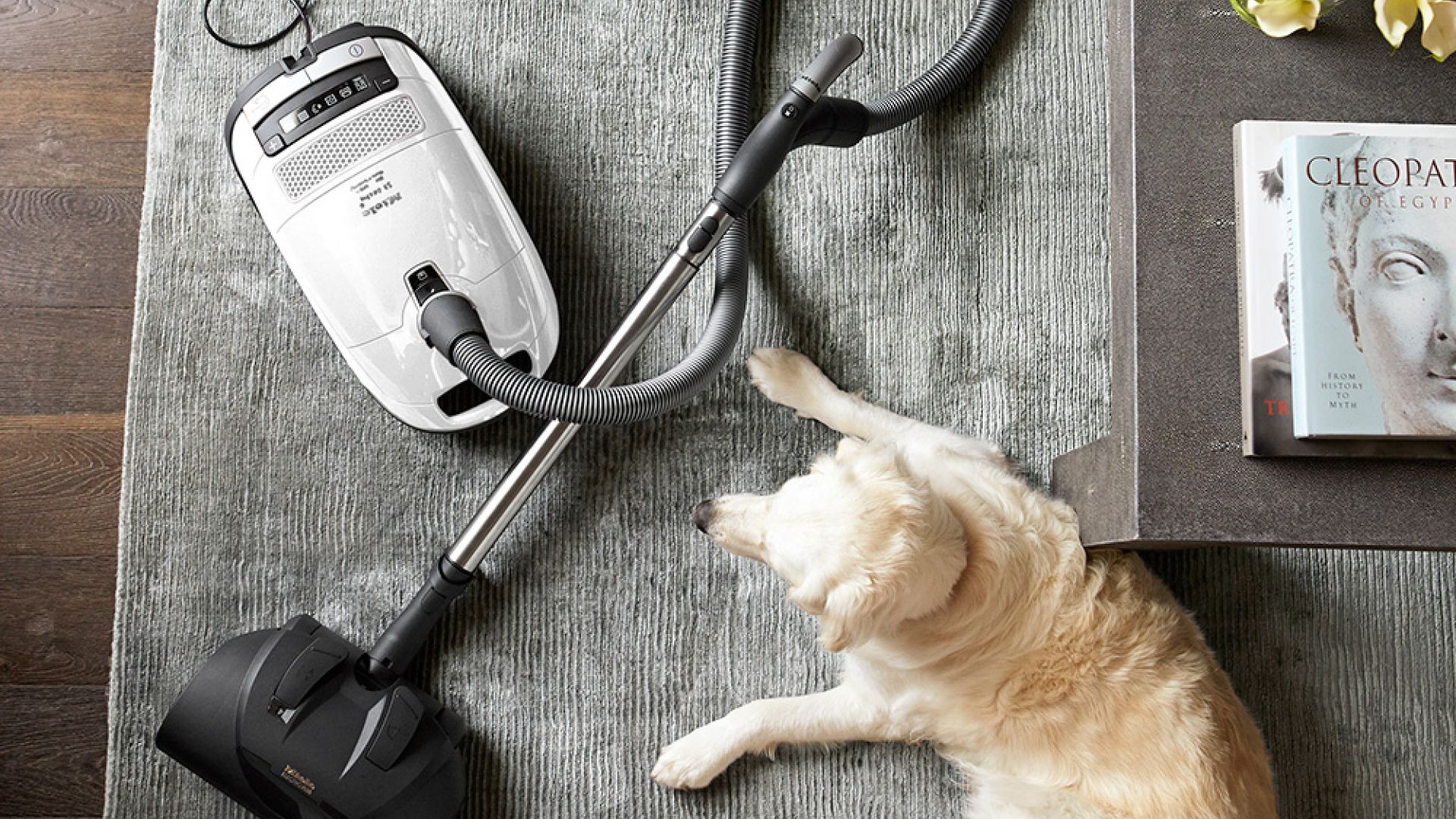
While upright vacuums excel in their convenient design, storage, and strong power on carpets, canister vacuums offer greater flexibility and all-round cleaning performance. They even tend to have more filters making them able to capture more particulates.
'They typically offer more suction power and are more effective for deep cleaning than other vacuum options,' shares James Peters, director of operations at Kenmore. 'They are also typically more maneuverable on stairs and in tight places,' he adds.
'[An] advantage of canister vacuums is their flexibility with the wand,' Taylor affirms. 'You won’t have to worry about toppling the vacuum when extending the hose, as you might with an upright.'
This flexibility can make a huge difference when it comes to deep cleaning and focusing on details. 'Canister vacuums often feature a vacuum head that can lay flat, allowing you to clean under furniture that uprights might struggle to reach,' Taylor continues.
'Many canister models come with interchangeable heads, enabling you to switch between larger and more compact heads to optimize performance for different cleaning tasks,' he adds.
David agrees, adding that 'there are also way more attachments available for this style of vac and you can mix and match attachments from different manufacturers.' These include attachments for super specific tasks, like grooming pets or vacuuming curtains.
When it comes to maintenance, canisters are generally easier to repair than upright vacuums and their parts are often able to be replaced individually.
Which should I buy?
When it comes to choosing the right vacuum cleaner, the first step is always considering your home's cleaning needs. If you're looking for a vacuum that can take care of all cleaning tasks, including deep cleaning, furniture, stairs and in tight spaces, a canister vacuum is likely the strongest choice.
But if you'd prefer a more convenient vacuum cleaner, one that's completely self-contained, takes up less space in storage, and is a powerhouse on carpets (and all floor types), an upright vacuum would be perfect. Their lack of assembly helps with how often you vacuum, and they're available in corded and cordless models depending on whether you prioritize power or ease of use.
Fortunately, both upright and canister vacuums are famous for how well they handle pet hair, as well as being known to clean excellently on all floor types. As they're typically corded, they're not restricted by battery life and have strong suction power as a result.
They're also available in a range of budgets. There are upright and canister vacs for those on a low budget that will still get the job done well, and you can spend more to get something more comprehensive for your home. All it takes is knowing the best places to buy a vacuum cleaner. Below are our recommendations of some of our favorite vacuums that we've tested.
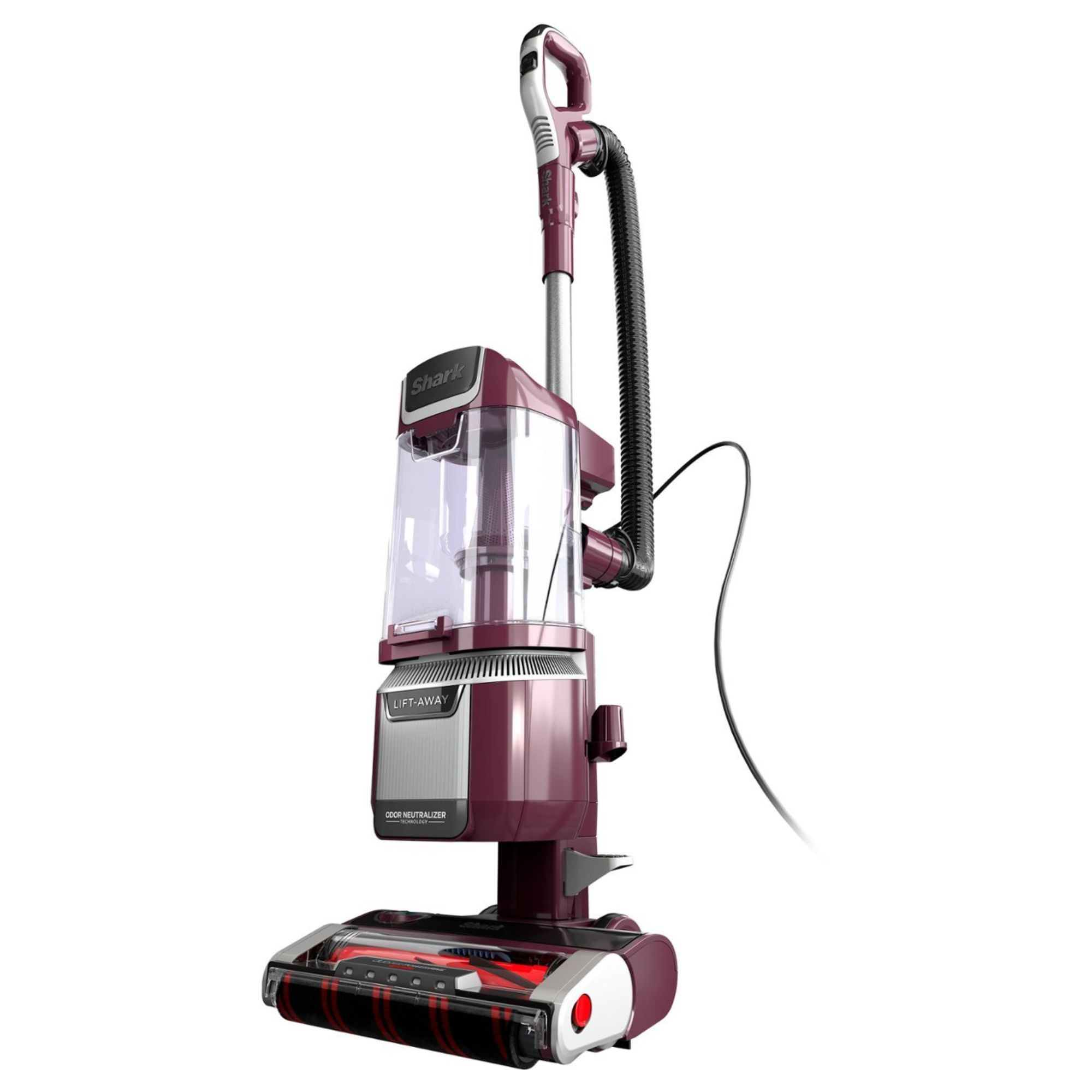
It'll be hard to find an upright vacuum at this price that performs this well on all floor types. It uses dual brushrolls for a thorough clean, and our tester found it easy to maneuver, with a lift-away function for more flexibility (almost like how you'd use a canister vacuum).
Read our full Shark Rotator Pet Lift-Away review.
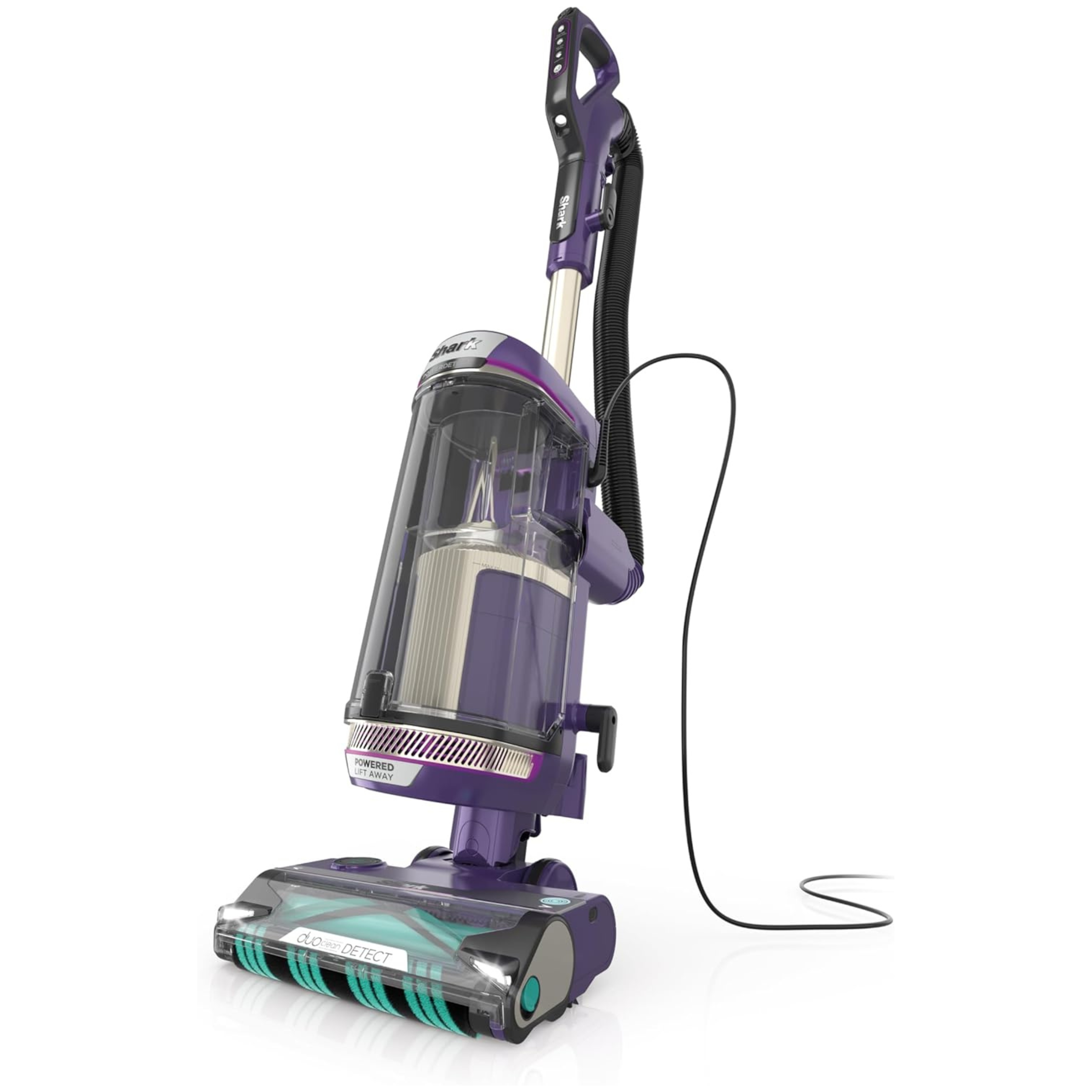
This is the best upright vacuum we've ever tested and it's only around $100 more than the Rotator Pet Lift-Away. It detect floor type, dust levels and edges to maximize suction power at all times, and our tester found it to be a 'cleaning powerhouse.'
Read our full Shark POWERDETECT review.
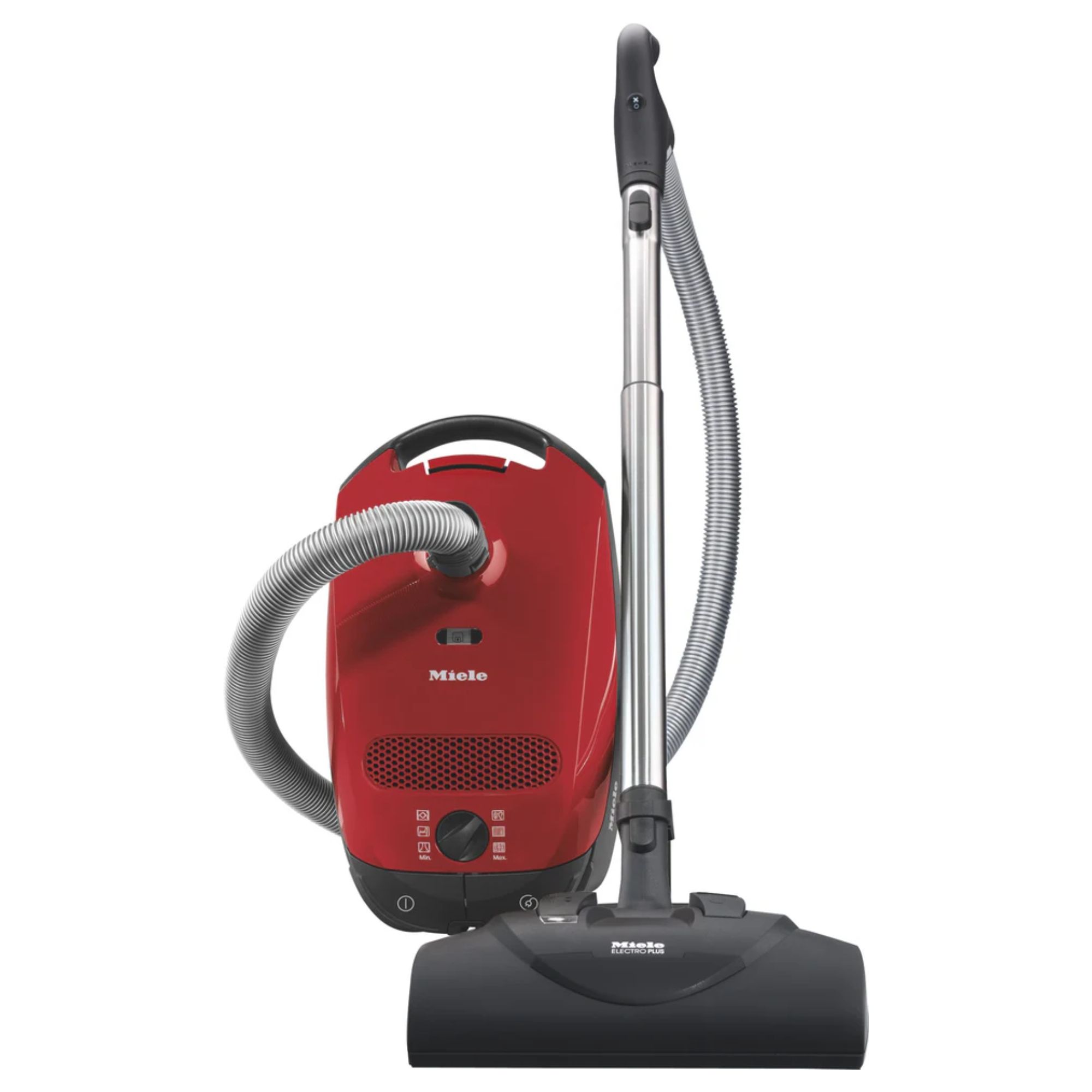
It may be a little pricey, but the Miele C3 canister vacuum series offers some of the most powerful and comprehensive cleaning power we've ever seen. It works excellently on all floor types and pet hair, with a design that makes it super easy to use.
Read our full Miele Complete C3 Cat and Dog review.
For more guidance, consider one of the best vacuums for pet hair or the best vacuums for hardwood floors.







